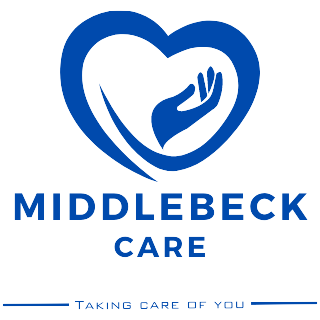
Nursing has long been the intersection of health and patient communities, playing a significant role in healthcare. Even as we move past the trials and tribulations of the COVID-19 pandemic, nursing continues to stand at the forefront of delivering care and improving health outcomes. Let’s explore some prevalent trends shaping the future of nursing and how they are poised to enhance the overall patient experience.
Remote Nursing
The global pandemic accelerated the rise of telehealth, and even in its aftermath, this mode of healthcare is still a valuable tool in reducing unnecessary hospital visits and the risks of cross-infections.
Leveraging the same technology, remote nursing care has become a vital care component. Nurses increasingly utilize remote digital solutions to consult and monitor patients’ vital signs. The remote nursing is improving access to care, especially for those in underserved or rural areas. It also allows nurses to play a more proactive role in managing chronic conditions, preventing hospital readmissions, and even guiding patients in certain emergencies.
Moreover, with the advent of portable, user-friendly diagnostic devices, nurses are now better equipped to quickly and more easily assess a patient’s condition, even in at-home settings. Nurses can also share results with physicians not on premises for prompt and deeper analyses, again enhancing accessibility in remote regions that lack facilities or specialists.
Artificial Intelligence
Artificial intelligence (AI) has already transformed the healthcare industry immensely, and the nursing field is also harnessing the power of AI in several ways, including:
Patient-centricity and Wellbeing
As nurses directly and consistently interact with patients, they are well-positioned to advocate and facilitate patient-centricity in healthcare, i.e, prioritizing patients’ preferences, needs, and values in care services.
The future of nursing continues to stress the importance of advocating this approach and health equity, which addresses disparities in healthcare access and promotes culturally competent care to ensure that all patients receive equitable and quality care.
Moreover, nurses are conducting more comprehensive assessments that consider not only patients’ physical health but also their psychological, emotional, social, and cultural needs. This holistic approach ensures that care plans are better tailored to the whole person.
Nursing trends also show a rise in patient collaboration, communication, and education, enabling active patient participation in care. Not only does this approach improve patients’ understanding of their condition and treatment, but it also promotes preventative care.
Lifelong Learning and VR Education
Another prominent nursing trend is the rising importance of lifelong learning and continuing education to stay updated with the latest advancements, evidence-based practices, and technological tools in healthcare.
Virtual reality (VR) simulations are finding their place in the nursing field, providing a promising avenue to train nurses, especially in rural and remote clinical facilities which do not have access to “brick and mortar” nursing institutions.
VR is also proving to be an effective method of exposing nurses to medical complications that would otherwise not be possible to physically recreate, thus ensuring they are practice-ready.
Conclusion
From leveraging technology to improve access to care and enhance patient outcomes to embracing a patient-centered and collaborative approach, the future of nursing is filled with exciting healthcare innovations poised to transform patient care. By embracing these trends and adapting to new roles and responsibilities, nurses can continue to provide exceptional care for the best possible health outcomes
To learn how to retain and develop a resilient healthcare workforce, don’t miss our guide on ‘Building a Resilient Healthcare Workforce.’
